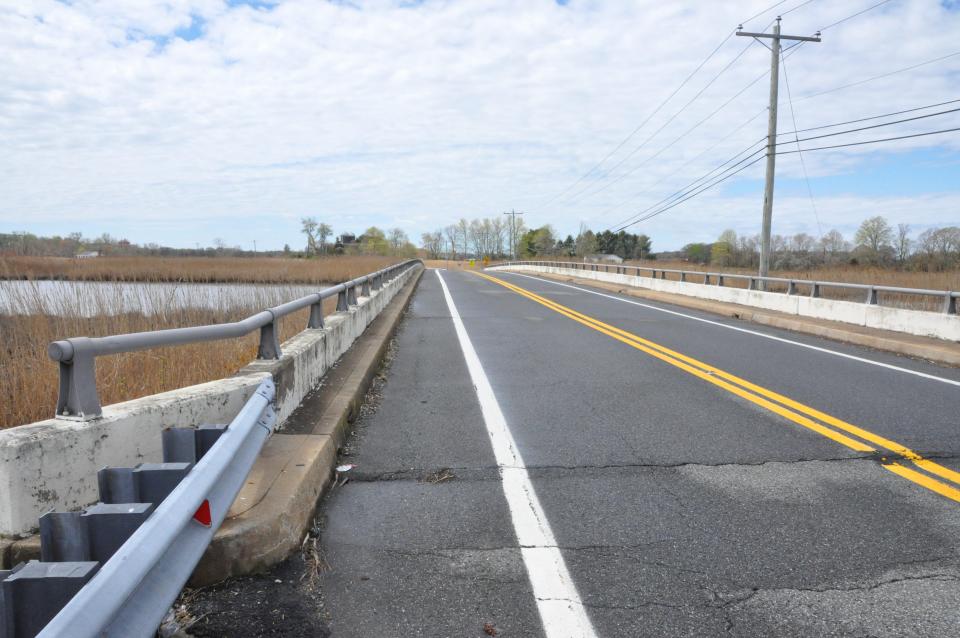With extreme weather ahead, Delaware wants communities to develop 'resiliency strategies'
Legislation passed by the Delaware Senate would require communities to include “resiliency strategies” in their next comprehensive plan to ensure areas are ready for the impacts of climate change.
Senate Bill 237 would require future county comprehensive plans to encourage new housing development in areas that are not vulnerable to flooding, and include plans that “otherwise reduce vulnerability to sea level rise, changing rainfall patterns and extreme weather events, among other changes.”
The bill, sponsored by state Sen. Stephanie Hansen, passed in a 15-5 vote in the Delaware Senate with one absentee and now goes to the state House of Representatives for consideration.
“As the lowest lying state in the nation, one of the best steps we can take now to protect lives and property from the damaging impacts of climate change is to direct future residential and commercial development away from areas most likely to be inundated by floodwaters and rising sea levels,” Hansen said in a news release Tuesday.
DELAWARE AIR QUALITY: 2024 air quality report highlights air pollution concerns
Plans and protections can’t come soon enough given the expected rough hurricane season ahead. Meteorologists say the latest forecasts puts chances for a La Niña arriving by hurricane season at 75% or greater.
What the bill would do
Senate Bill 237 would require counties to follow the Delaware Climate Action Plan, a resource developed by the state Department of Natural Resources and Environmental Control in 2021 that guides state efforts to reduce greenhouse gasses, expand clean energy and maximize community resiliency.
The bill would require county comprehensive plans to:
Consider land restoration where appropriate.
Reduce car-centric development patterns.
Give greater consideration around the location and sustainability of public infrastructure.

Municipal comprehensive plans would also be required to include policies, statements, goals and planning components for climate change and resiliency.
County governments and municipalities with 2,000 or more residents in Delaware are required to complete a comprehensive plan every 10 years. Those plans lay out zoning designations and other guides for future use of land, water and other public resources, like transportation, affordable housing and open space.
Other efforts to protect, prepare for climate change impacts
The efforts to ensure communities across the First State are prepared for extreme weather events have taken many forms, including local residents and volunteers getting together to bring about change.
PREP KITS, ALERTS: How your family can prepare for environmental disaster in Delaware
Wilmington resident Stacey Henry created the Delaware Resilience Hub, which provides community resources so families are prepared when disaster strikes. Henry’s work was sparked after floods ravaged parts of the city in 2021 from remnants of Hurricane Ida.
Communities across the state have also pursued various projects to help protect against and withstand the effects of climate change, including road and bridge improvements and expanding green spaces to protect low-lying areas.
USA Today contributed to this report.
This article originally appeared on Delaware News Journal: Delaware lawmakers want communities to plan for extreme weather

